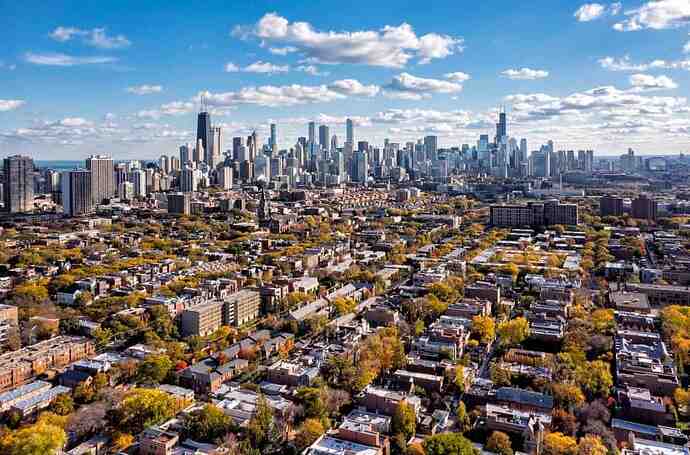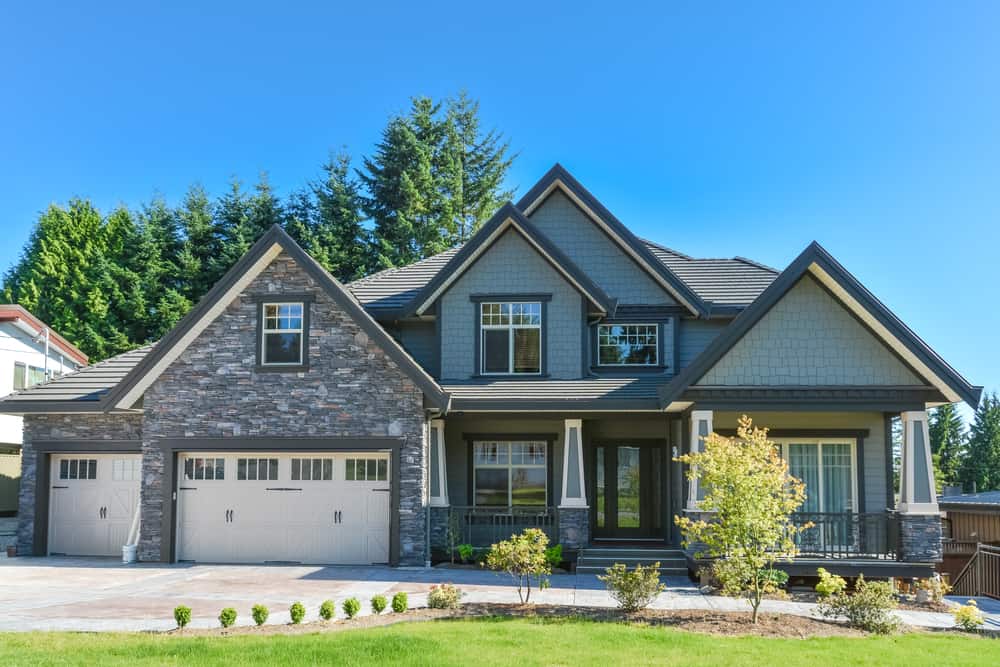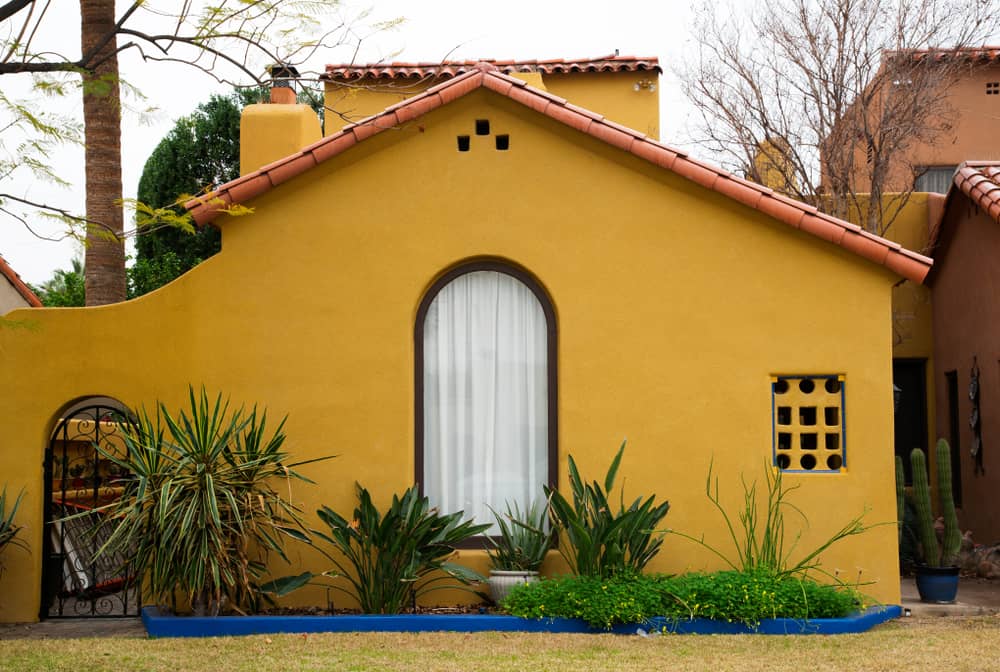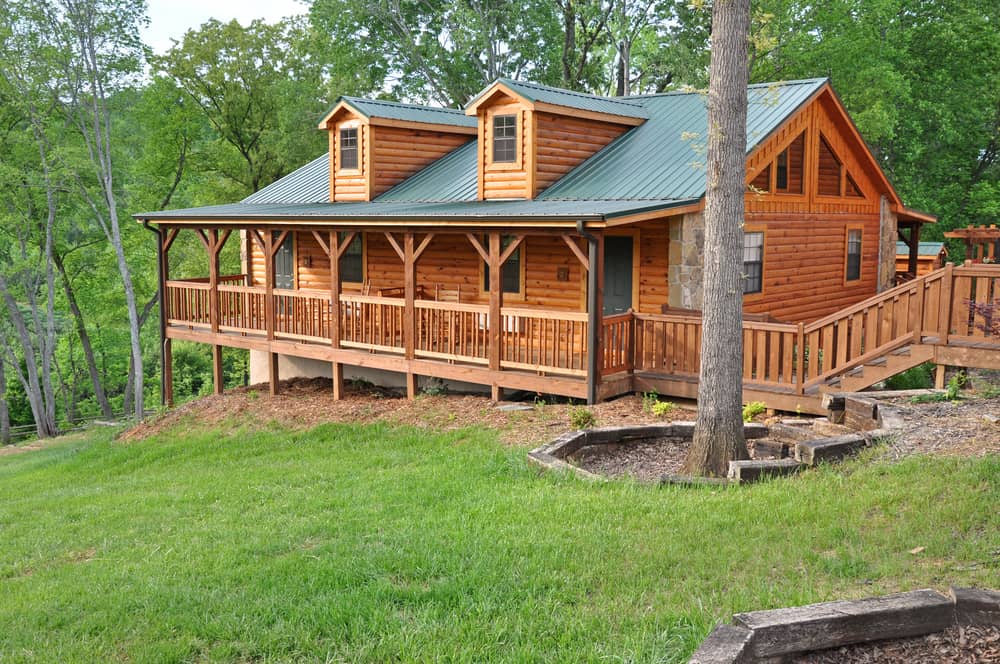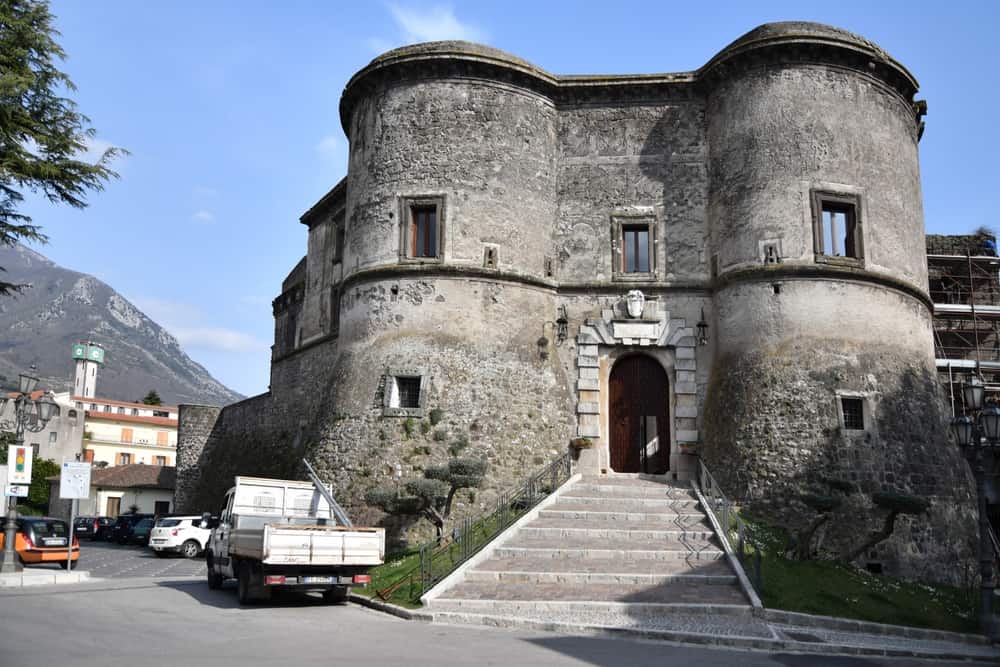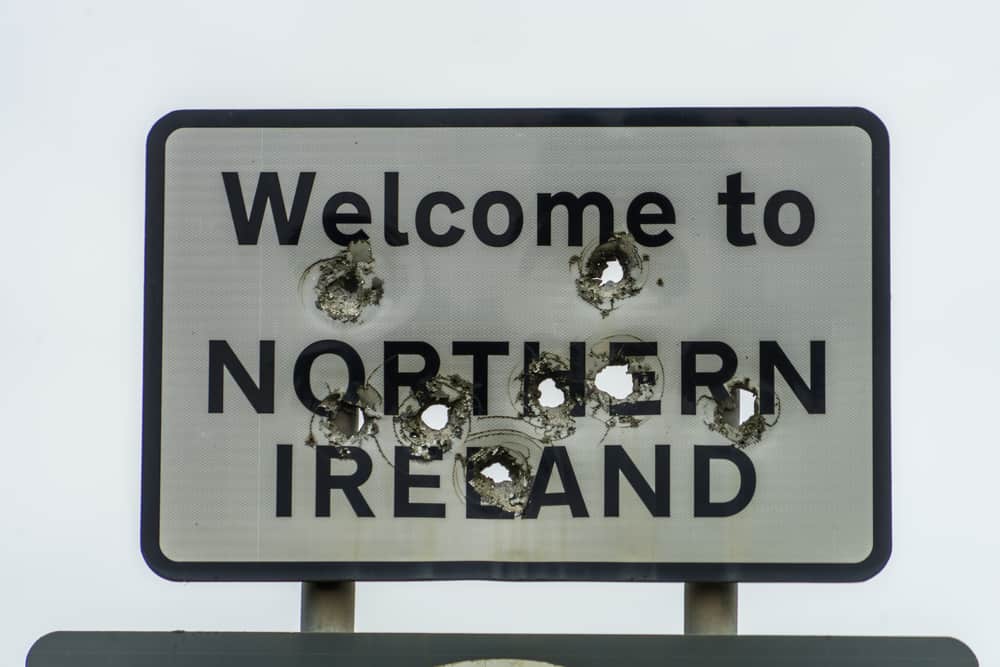When a person, family, or group makes the decision to become more resilient, one of the foundational considerations is where will they live while striving to survive a future crisis.
There are two basic options to consider, and this article will focus on what is typically the simplest choice: bugging-In or hunkering down. The other option - bugging out - will be addressed in a future article.
An inspiration for this article is the recent discussion by Chris on this topic and his choice for relocating to his Honey Badger Farm, which included many of the same aspects of the decision-making process I had already considered delving into.
If things get really bad, do you stay home or leave. Can’t get timelier than when the topic is already at the forefront of people’s thoughts.
Bug-In Basics
The basic premise of a Bug-In is that your current home or residence is where resilience is actually practiced. In simple terms, one prepares where they live to be as resilient as possible based on location, terrain, political, cultural, societal, and related factors. Not every home, neighborhood, or town will prove to be acceptable in light of these factors, but for some folks this option is a solid one.Bear in mind that if your current abode doesn’t make the grade as a Bug-In location nothing says you are stuck where you are. Perhaps you can find a better option in the area where you can bug-in? I will suggest that if you find yourself shopping for a better location to Bug-In do so quickly as it will take time to complete the sale, the move, and get the new location set up to be as resilient as possible. You certainly don’t want to get caught by a significant crisis event in the middle of the transition.
It is also possible to do a consolidation, where like-minded friends get involved in your resiliency plans and meet at one location that will be the Bug-In property for everyone. Such a concept allows some of the benefits of Bugging-Out without the risks and issues of a movement over considerable distance before safety is reached. Look at a consolidation approach as a compromise, good option for some but not a good fit for many.
Being part of a prepared neighborhood or community also might make a difference to the feasibility of Bugging-In where one already lives.
The Urban Question
I am not specifically addressing urban resilience in this article, mainly as I don’t feel it is possible to be very resilient in an urban environment for a variety of reasons. My main focus here is on suburban or rural areas.My situation is that I live in the Chicago Metro Area, which the most recent census data says is home to more than 9,000,000 people. That’s nine million reasons why Bugging-In is not an option for me and my group. However, I went through the exercise I am suggesting you do to determine if you have a Bugging-In option or not before I finalized my decision. Hopefully you will as well, without taking any shortcuts or following pre-conceived notions etc. I make that caveat in the hope that each of you will evaluate your specific situation in the most honest and objective manner possible. Anything less could doom you and those you care about in a crisis.
Before anyone asks, I did evaluate the consolidation concept as well. But the overwhelming numbers in this area are just too great a threat for us to consider anything that isn’t farther away.
Note: There is no scoring matrix for this, no minimum score, and no definitive answer for “everyone”. There are too many variables for any “one size fits most” concept to be viable.
Basic Rationale
Each of us needs someplace to call home, a fact that will be even more critical during a crisis situation. A home or residence exists to provide certain benefits to the people who live there. These include; shelter, security, a place to keep your belongings, and much of one’s peace of mind. The last item is one that needs to be seen as a very important consideration, and a heavy influence on the decision to Bug-In or Bug-Out.Simply put, if your decision doesn’t lead to peace of mind, you’ve almost certainly made the wrong decision. For those who are married, but their spouse does not share the resilient mindset, this aspect takes on far greater importance as it is unlikely, they will consider Bugging-Out without some assurance that doing so improves their odds of survival.
Here are the areas that should be examined or considered in making the decision to Bug-In.
Key Considerations
- Size/construction of the dwelling
- Location/geography/climate
- Political/cultural
- Defensibility = LOS (Line Of Sight), terrain, numbers, range
- Food/water/livestock/hunting options
While the two-car garage can help with the storage issue, we’d want a basement or even a crawl-space that could be used to stockpile/survive for longer duration events. Bottom line is that resilience takes space; there is no way around that reality. More people means a requirement for more storage and sleeping space, more kitchen space for meal prep, and more dining space. Notice the emphasis on storage space? Food that can be stored for weeks or months takes space, a lot of space. Water, unless the property has a well or other fresh water source, takes even more space. Of course, those are the basic necessities, there are a myriad of other items needed for most crisis situations and they all take storage space.
While size is hugely important, another aspect that must not be overlooked is the construction of the building(s) in question. Are they able to withstand most weather conditions from durability and temperature aspects? Will they provide meaningful protection for the occupants if attacked? How fire resistant are they?
In the following home there is more space to be sure, but look at all the windows and the front door, that’s a lot of glass and glass doesn’t provide much in the way of safety or security.
As you may have noticed, in both of the pictures, these are frame construction houses. This type of construction is also known as “stick built”, meaning they are primarily lumber from the foundation up. Thus, they have little significant defense or protection against firearms or fire.
The next picture illustrates what alternative building materials look like and how they can help resolve some of the defensive headaches of the earlier photos. The stucco, typically over a frame construction, adds both increased ability to stop projectiles and fire resistance.
Another option is a log built home, which provides excellent fire resistance and projectile protection while also being quite proficient in terms of thermal efficiency.
Note: in some regions this type of construction is very common, in others unheard of, so is it an option where you consider home to be? Or will it attract attention that you don’t want or need?
Of course, to truly have the ultimate resilient home one needs a castle, like the one in the next photo. This place is very unlikely to burn, will stop most projectiles, has limited windows and a very secure door, and it is sizable enough to shelter a good sized group for quite some time. That said, I am sure it comes with a hefty price tag.
It would also stand out rather dramatically in most neighborhoods, which does limit its appeal to some extent. It’s hard to maintain a low profile when absolutely everyone knows about the people living in the castle.
Surviving Home
The next question, assuming you are satisfied that the dwelling meets your minimum requirements for a resilient abode, is can you survive in your current location during a crisis? Your location is hugely important, and I cannot stress that enough. Using myself as an example, I live in a nice home, with excellent storage space and room for more than a few extra souls. So, I feel sure I met or exceeded the first consideration. However, I live within reasonably close proximity to more than 9,000,000 people. I wouldn’t be secure in this area even if I had the castle from above and an infantry company to defend it.The number of people in the area needs to be considered, but also the type of people can have an impact. If you live in an area plagued by gang trouble today, I would suggest it won’t be viable during a crisis as the first aspect to collapse is typically the Rule of Law. When the individual police officers are focused on saving their own families and there is no functioning civil government for them to report to there may be very little “law and order”. We witnessed such issues with Law Enforcement response to Hurricane Katrina as well recent mass shooting incidents, and if circumstances dictate that we can’t depend on law enforcement during these times, my feeling is that we won’t be able to depend on most of them during a true, widespread major crisis. And the longer that crisis continues the more of these folks will disappear from any kind of Law Enforcement roles.
Local Power Structure
If you live in an area with a dominant political family, or official, or group of some sort that power structure might make it impossible for you to Bug-In. If they wield significant power during “normal” times imagine how much more they will likely have in the vacuum caused by the failure of civil government and collapse of the Rule of Law. If you’re part of that power structure then you’re probably in good shape to stick around. If you’re not, then the potential for them taking over, taking your supplies, etc. should discourage the idea of Bugging-In there. Who might we need to look at for such a situation?A county sheriff could easily be the dominant leader with an organization in many areas during a major crisis. They are already armed, organized, and have legitimacy. Is there a family that owns/controls the major employer in the area? How influential will they be if the local government shuts down? Or, in some cases, how influential are they today with the local government intact? Is there a religious organization that wields some degree of power, and might wield even more when things get crazy?
Climate Insecurity
Geography and weather are also concerns. Does the area flood? Does it have heavy snow frequently? Is the area prone to mosquito surges unless the local government sprays regularly? Why are these important? Because without flood control (damns, floodways, bypass channels, etc.) you could easily lose your dwelling, preps, and potentially life to floodwaters. Without the local government running snowplows, or salters, etc. you will likely find yourself snowed in and unable to move around for days or weeks or longer.Without the local government keeping the mosquito population under control the little bugs will be more than a bother and are likely to spread a variety of diseases.
How frequent are wildfires in the area? Without skilled firefighters, how likely is it that you’re home and supplies will go up in flames?
Water World
The other critical concern for any Bug-In location is potable water. Do you have it easily available, can you purify it if needed, and is it dependable? A well is usually the easiest and safest approach, but not an option everywhere. A river, stream, lake, or pond can also be a good solution to the need for water if you can purify it, and assuming that it can’t be diverted or tampered with.Without these resources it will be almost impossible for most folks to Bug-In as the water in your taps will almost certainly dry up quickly and storing any significant amount will take a huge amount of space.

More on Politics and Culture
Political and Cultural considerations have been touched on a bit, but the topics do deserve some additional attention. As noted earlier, if one group (political is one type) wields significant power in the town or county that could be a good or bad thing depending on your affiliation, or lack thereof, with that group. If you don’t have a meaningful relationship with that group can you develop one? Will doing so require you to change your beliefs, morals, or something equally unpleasant?Unless you have some level of surety, the potential for some form of local power having a negative impact on you and your preparations must be considered. Are you a minority in your locale? Not at the national, state, or county levels, but within a couple of miles from your Bug-In location? Not purely on the racial/skin color level either, you have to factor in ethnic, religious, and similar differences to determine if you can safely stay in your Bug-In location. If the majority of your neighbors are of Polish descent and you are of Russian or German descent you might expect some issues, especially without the Rule of Law to keep folks civil. If the majority of your neighbors are of Korean descent and you have a last name associated with Japan you might have some problems.
The possibilities are endless. Remember, religious issues have caused more bloodshed over the centuries than any other single factor I can think of, so if you’re Methodist and the locals are largely Catholic or Muslim, you might have some concerns about long term survival in that area. Of course, the previous examples are only a few possibilities; any significant difference could be problematic during a time of crisis.
A Good Defense
If after careful consideration, due diligence, and a bit of soul searching you are convinced that you have decent odds of surviving a Bug-In situation in your current locale, your next mental exercise will be defensibility because if you can’t keep them, your preparations mean nothing. Defensibility is a key aspect of resilience, second only to potable water in importance.Like many aspects of resilience, defensibility means different things to different people. For some it’s having an arsenal ready to defend the property. For others, it’s more about being so low profile that nobody knows you’re there.
For me it’s both of those and others as well. I do feel that being armed is critical, as is knowing how to safely utilize whatever weapons one has and having some tactical skill to do so effectively. I also prefer the low profile approach as opposed to projecting any sort of obvious defensive capability. Thus, when it comes to the buildings on the property one will use for the Bug-In, my hope would be they would be constructed of materials that should be at least bullet resistant and as fire-proof as possible.
In the earlier examples we saw various home construction types from simple stick built to an actual castle. If possible I would go with the stucco or log home as the best of those options as they are more bullet resistant, more fire resistant, and doesn’t draw attention like the castle would. Which to utilize will depend on where you are planning on establishing your Bug-In property. Other building material options might be cement, brick, or cinder block construction.
Having building(s) that are solid and defensible is only the foundation of defensibility, there are a variety of other considerations that you will need to address.
You don’t want to defend from the home or other buildings, it would be far better to keep any threats further away and only fall back to the buildings if pushed back to them. With that in mind you will want to have the ability to see any threats coming from as far away as possible, thus giving you more time to respond to the threat in whatever way makes the most sense. At the same time, you don’t want any people who pose a threat to be able to see into the property from far away. So, you want good LOS (Line Of Sight) outwards, and limited visibility inwards as much as possible. Small hills, trees and other foliage, fencing, etc. all help limit visibility from outside the property and when utilized properly enable you to see what’s coming from a significant distance. If you can stand outside the home and see more than 100’ in any direction it will be all too easy for someone to get close enough to you with a scoped deer rifle to commit mayhem or murder before you even know they are there.
Now, if you are considering establishing your Bug-In property in a subdivision or older established neighborhood your options for this are going to be extremely limited. When you have neighbors within rock throwing distance your options are drastically reduced, which is one of the problems with my home that convinced me to adopt the Bug-Out approach for my own resiliency.
The main issue with houses being so close is that any threat will likely start at one end of the subdivision or block, and move house by house to the end. You will probably know they are coming, but you won’t have many options to react until they are next door or across the street from you.
Unless the majority of your neighbors are participating in resilience with you, there is almost no way to be secure in such an area. Another aspect of that is some of your neighbors might figure out that you are more resilient than they are, and decide to invite themselves to your Preparations.
The number of defenders you have available will also impact how you go about defending your property. It takes at least four people to mount a credible defense of a home, one for each of the cardinal directions. In a bad situation, two per cardinal direction would be better as one can maintain fire while the other moves or reloads. However, when your defense begins outside the home, which it most assuredly should, it takes even more people to mount that credible defense. How many will depend on the type of terrain, the lines of sight from the property, and the numbers one might reasonably expect to be approaching with ill intent.
Another reason more is better is that defense must be a 24-hour function. You family would need to maintain an alert posture while accomplishing other survival goals, like cooking.
The final consideration, assuming everything else has met your scrutiny, is long term food production or acquisition. For a relatively short-term crisis situation, most folks will probably have enough food on-hand to ride out the event without needing any additional food items. But for a longer duration event, you will almost certainly need some way of adding to your on-hand supplies.
Various options are possible to resolve this need, from farming/gardening to foraging for fruits and vegetables, and maintaining livestock or hunting for protein. I suggest you give serious thought to which of these are available to you in your current location. I had already made my mind up before I got to this point, but this is another reason for why I am a confirmed Bug-Out person. I say that because there is very little space to grow significant food items on my home property, and little to be gathered in the immediate vicinity, coupled with 9,000,000 others likely competing for those limited food sources, there is no way I would depend on being able to feed my group in this area.
Conclusion: Each person working towards becoming as resilient as possible needs to determine where they will have the best options to survive a crisis situation and work towards that goal to the best of their abilities. But whether that is based on Bugging-In or Bugging-Out will vary from person to person and group to group. Please be very sure of your choice and then do your utmost to achieve it.
This is a companion discussion topic for the original entry at https://peakprosperity.com/major-crisis-survival-concepts-staying-home-or-bugging-in/
